Winter is just around the corner, and it's time to think about heating your home again. As a homeowner, you want to cut back on heating costs as much as possible. You have just switched to a pellet stove, but you don't know how many wood pellets are needed to keep the stove running uninterrupted until winter ends. We have researched this topic extensively and have the answer for you.
Depending on the size of your home, heating needs can range from 2 to 3 tons of wood pellets (100 to 150 bags) for the entire winter season for an average home and twice as much for larger homes.
If you're just looking for a general idea, we've covered that here. However, if you're interested in getting more detailed information, then read on to find out how many wood pellets you should use to heat your home this winter.
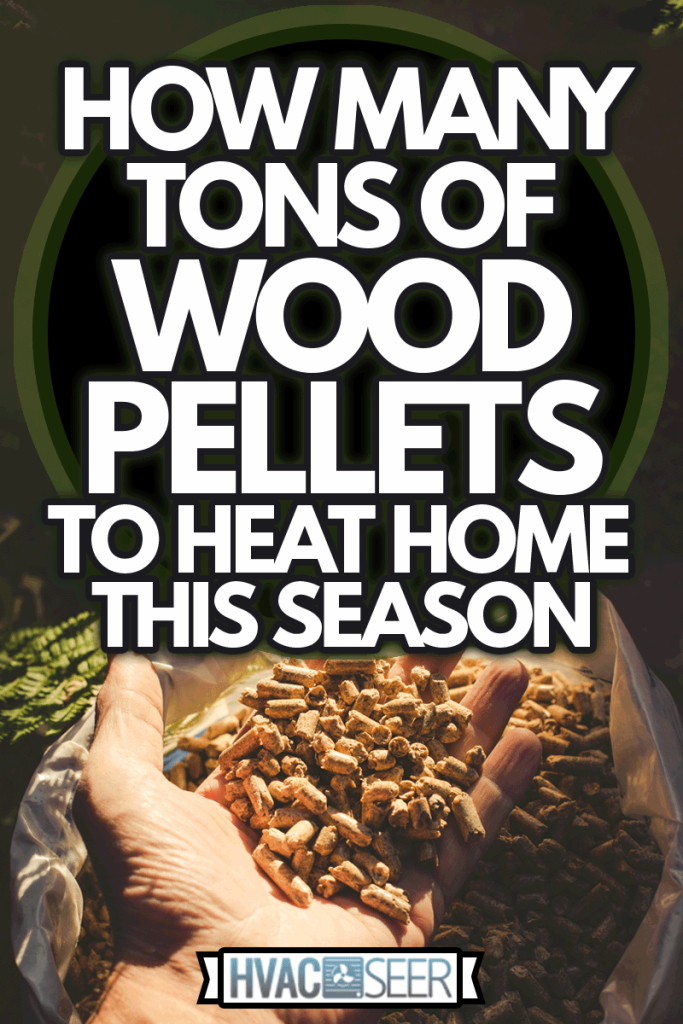
How to Calculate the Amount of Wood Pellets to Last Through Winter
The amount of wood pellets required to heat your home depends mainly on the size of your house and pellet stove capacity.
According to real estate firms Zillow and Redfin, the average size of an American home is 1,600 to 1,650 square feet. This means you'll be needing between 100 to 150 bags of wood pellets for a house this size.
This means a 2,000 square-foot home will need about 35 to 50 bags, more or more than a third of the total area of the average home and its average estimate of bags of wood pellets.
Calculating Ideal Pellet Stove Capacity for Your Home
Pellet stove capacity also plays a major role in how many pellets are needed. If you have a small, low-capacity stove, you probably don't need as many pellets as someone with a large, high-capacity stove.
You can also apply the same math principle in calculating the BTU or pellet stove capacity relative to the size of your home.
Quoting the U.S. Department of Energy:
A good rule-of-thumb is that a stove rated at 60,000 British Thermal Units (BTU) can heat a 2,000-square-foot home, while a stove rated at 42,000 BTU can heat a 1,300-square-foot space.
You can play around with the math behind it, but consulting with your local wood pellet supplier or pellet stove technician is the most recommended course of action.
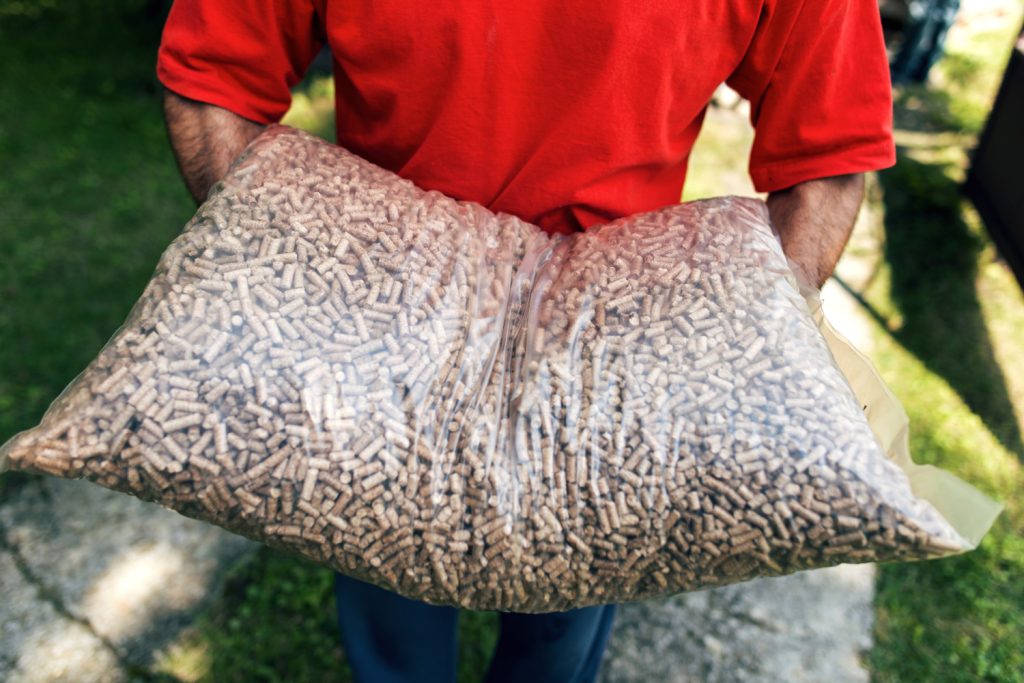
What are Wood Pellets?
Wood pellets are made from wood chips or sawdust that are compressed and formed into pellets. Wood pellets provide a convenient source of heat energy and are used as fuel for pellet stoves for a home heating system. They are the economical, eco-friendly alternative to propane and natural gas fuel.
How Many Bags of Pellets Does a Pellet Stove Burn on Average?
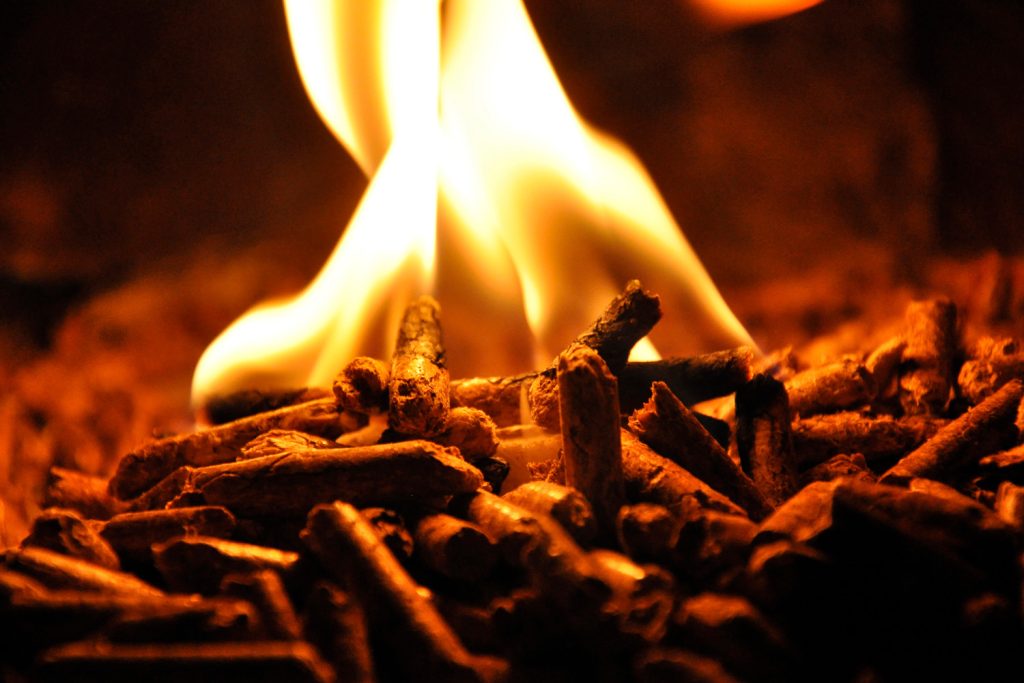
Burning wood pellets produces less carbon monoxide than burning fossil fuels. They're also safer for you and your family. The number of bags you use is directly related to how large your stove burns. However, the average stove can burn about a 40-pound bag of pellets for up to 24 hours.
How Much is a Ton of Pellets Cost?
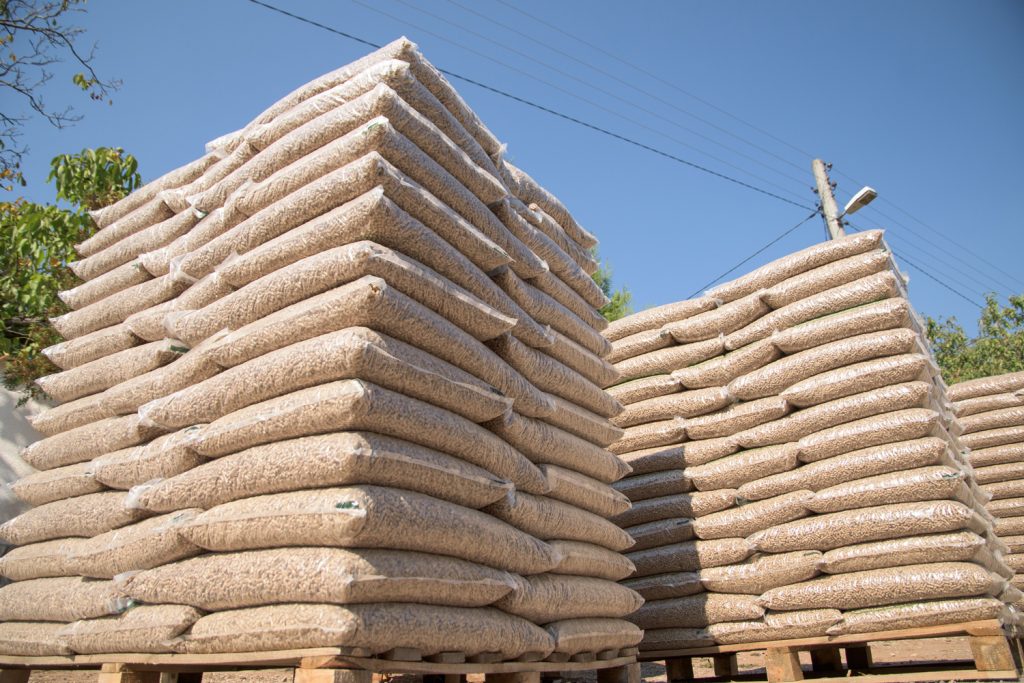
Wood pellets are relatively inexpensive. Depending on your location and the pellet manufacturer, they run about $4 to $9 per 40-lb bag. However, keep in mind that buying them in bulk will save you some money because they're much cheaper than buying them individually.
Are Pellet Stoves Expensive to Run?
Wood pellets are an alternative fuel source many people use for heat in homes, particularly during the colder months. While the price for wood pellets tends to be more expensive during the winter season, their low maintenance costs make them an economical option for heating a home.
Is It Cheaper to Heat with Pellet Stove or Natural Gas?
The price of natural gas has risen significantly since 2012. The use of wood pellets is way cheaper and makes more sense than ever before.
The rising cost of natural gas is due to increased demand, which is bottlenecked by slow production. On the other hand, the cost of heating with wood pellets, which are made from sawdust and wood scraps left over from manufacturing processes, has not risen at the same pace.
The cost of wood pellets is a bit cheaper than other fuel sources, such as natural gas or propane, according to a longstanding forum on heating systems that has been around since 1995. However, you will have to factor in the cost of transportation to deliver your wood pellets to your home. Nonetheless, the majority believe that wood pellets are still the most economical option.
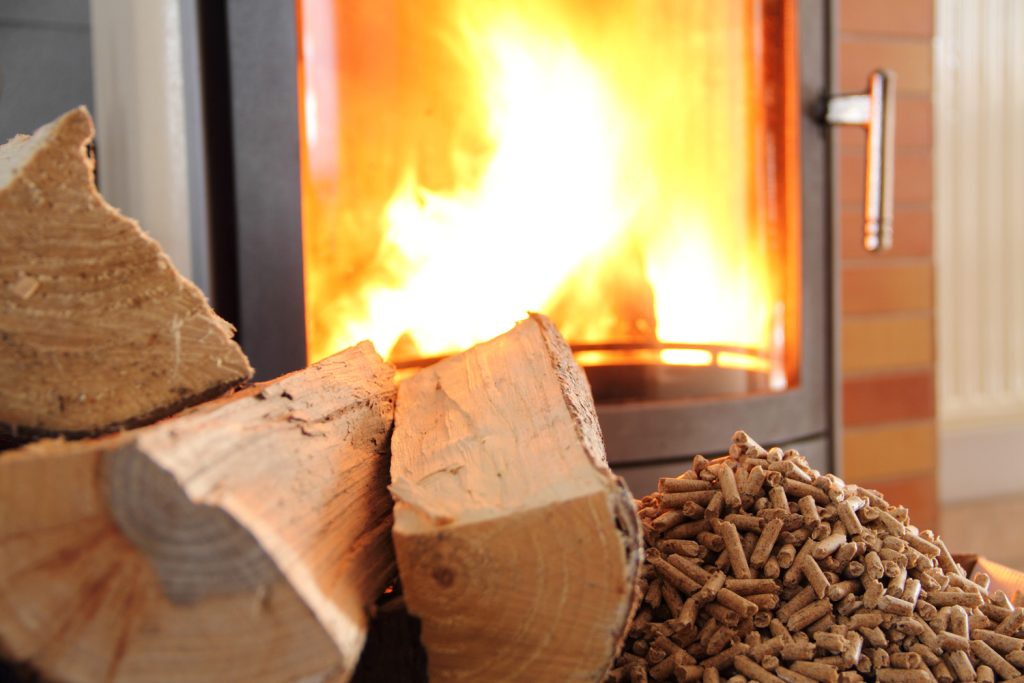
What are the Disadvantages of a Pellet Stove?
There are none, except for maintenance costs, which you must deal with regardless of what kind of home heating system you choose. There is minimal noise; however, it is bearable.
Although a pellet stove is typically a more popular choice than its big brother, the pellet boiler, the latter has some issues which make it a less-than-ideal choice for homeowners. One of the most common issues associated with pellet boilers is the lack of space in your home.
Since pellet boilers rely on dedicated storage space for wood pellets, they tend to take up a large amount of space in your home. This can be problematic for many homeowners who already have limited living space.
Here is a short video explaining what a pellet boiler is in detail:
How Often Do You Clean a Pellet Stove?
A good rule of thumb is to clean your pellet stove roughly every year or after every use. It's vital that you keep the stove clean to minimize the chance of it being damaged. In addition, an annual stove cleaning can prolong its life, reduce potential maintenance costs, and make it more efficient at heating.
Cleaning a pellet stove is fairly simple, provided you have the right tools. The first step is to vacuum any ash that might have accumulated inside the stove from previous burn cycles. If the ash has built into a solid mass, you can use a small broom and a dust pan to sweep and pick it up.
Once the ash has been cleaned, you should wipe down the entire interior of the combustion chamber with a slightly damp rag. This will help prevent the accumulation of dust and grime.
These are just the basic concepts of cleaning a pellet stove. However, it's best to consult a professional or check its manual for the proper way to clean your stove, as pellet stoves come in different sizes and configurations.
What Causes Pellet Stoves to Consume Many Pellets?
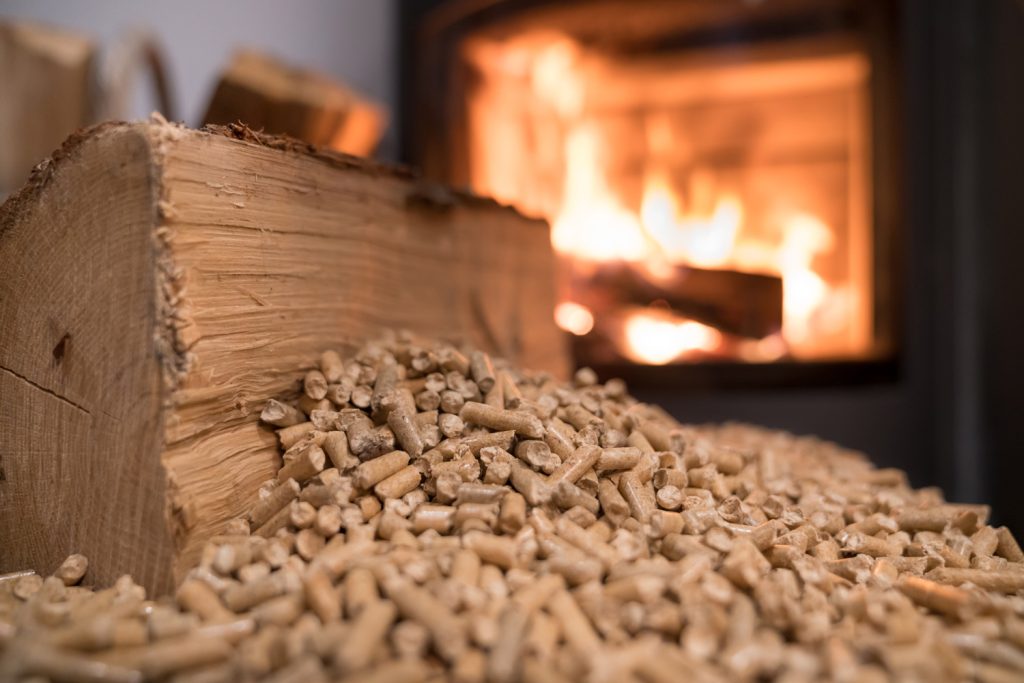
There are several reasons why pellet stoves consume so much fuel. It can be due to either a lack of ventilation or inadequate combustion airflow. If your stove begins to burn inefficiently after filling it with enough pellets, it is time to contact your local pellet stove service technician for assistance.
How Long Will a Pellet Stove Burn?
To understand how long a pellet stove burns, you need to know the capacity of the stove. Smaller stoves burn slower because the heat they produce is lower, so you will use fewer pellets to heat a small home.
Where to Buy Wood Pellets If You're Running Low
While it is highly recommended to make early preparations to buy and store wood pellets in bulk before winter because they're the cheapest, there are some instances when emergency situations arise.
If you're running low on pellets, here are some of the cheapest pellets that you can get so you and your family can continue to stay warm this winter:
1. Flame Genie Wood Pellets
Burn clean with these 100% natural and environmentally friendly wood pellets. Perfect for pellet and wood stoves, these pellets are 100% natural and do not contain any additives, binders, or chemicals.
Click here to see this bag of Flame Genie wood pellets on Amazon.
2. Camp Chef Hardwood Pellets
Made from 100% solid hardwoods, Camp Chef hardwood pellets produce cleaner burning and more uniform pellets. This means the pellets are more consistent, burn hotter and longer and provide a better heat source.
Click here to see this bag of Camp Chef hardwood pellets on Amazon.
3. Traeger Hardwood Pellets
Traeger hardwood pellets is a 100% natural wood pellet made of select hardwoods that are harvested sustainably. These hardwood pellets burn clean and efficiently, providing consistent results.
Click here to see this bag of Traeger hardwood pellets on Amazon.
In Closing
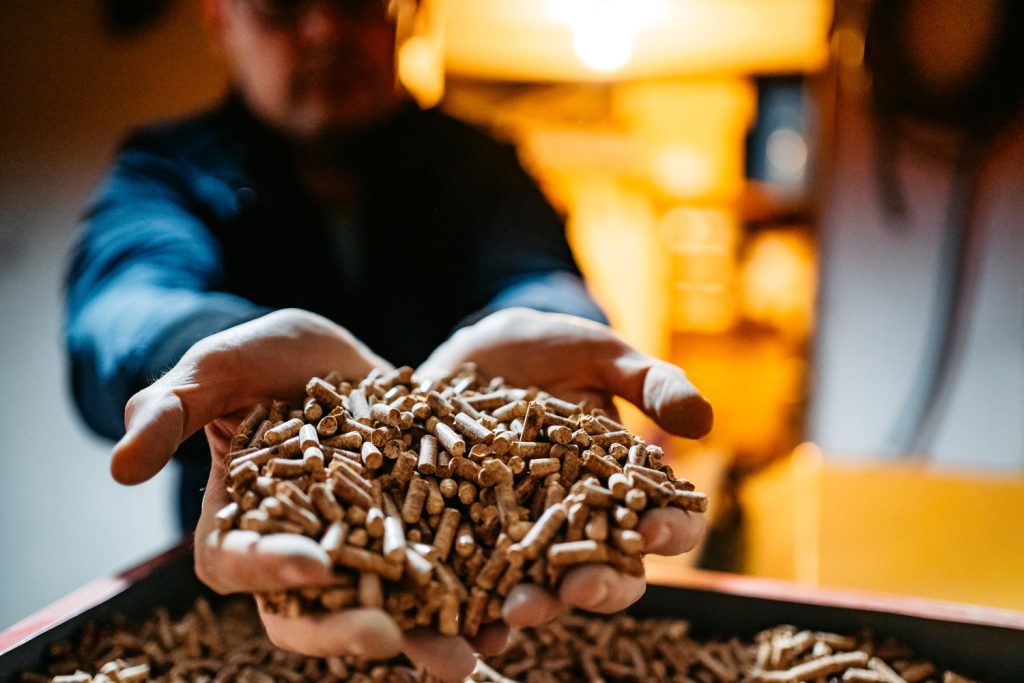
You have many options for heating your home in the winter, but wood pellets are the most sustainable ones. We have given you some guidance on how many tons of wood pellets you should buy this winter so you can plan ahead and be ready when it gets cold outside.
You may find these supplemental readings helpful:
Pellet Stove Keeps Going Out—What Could Be Wrong?



